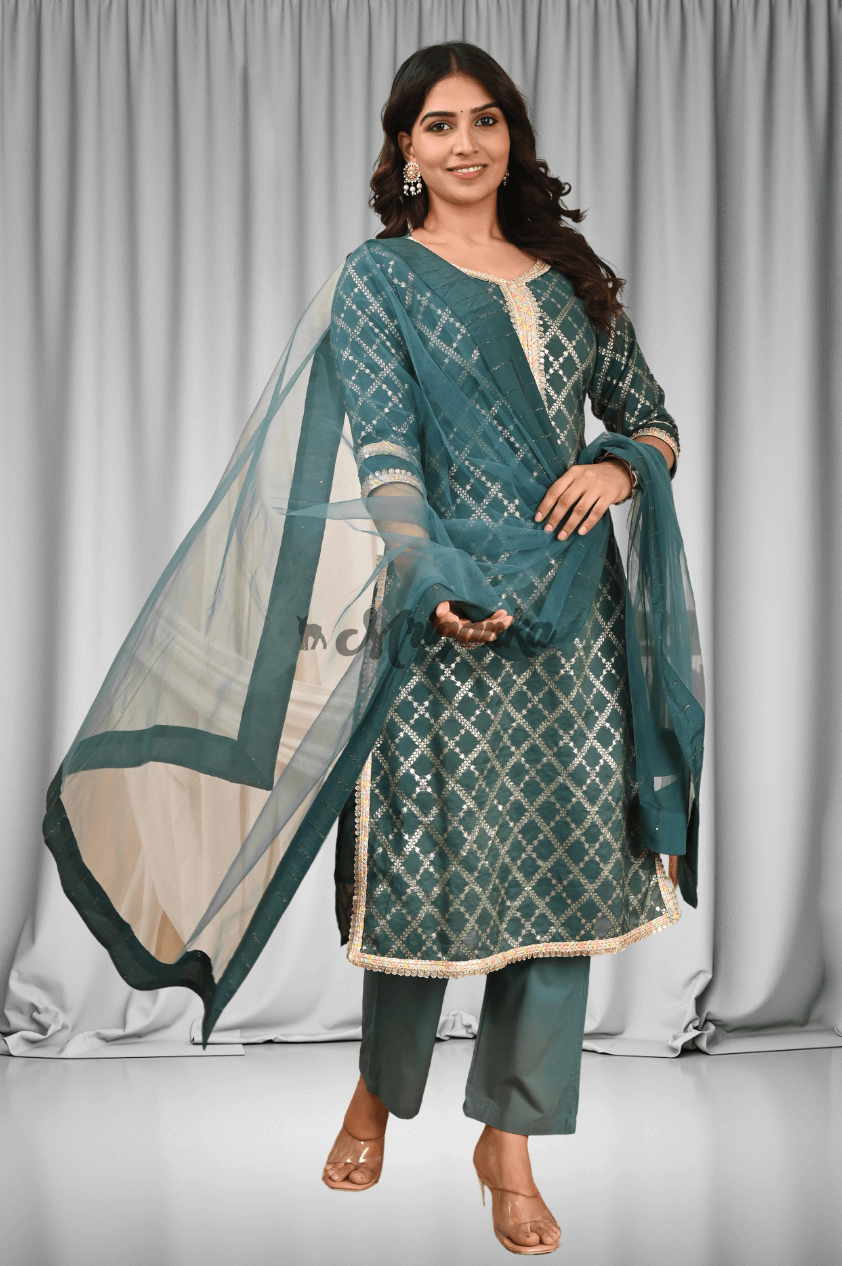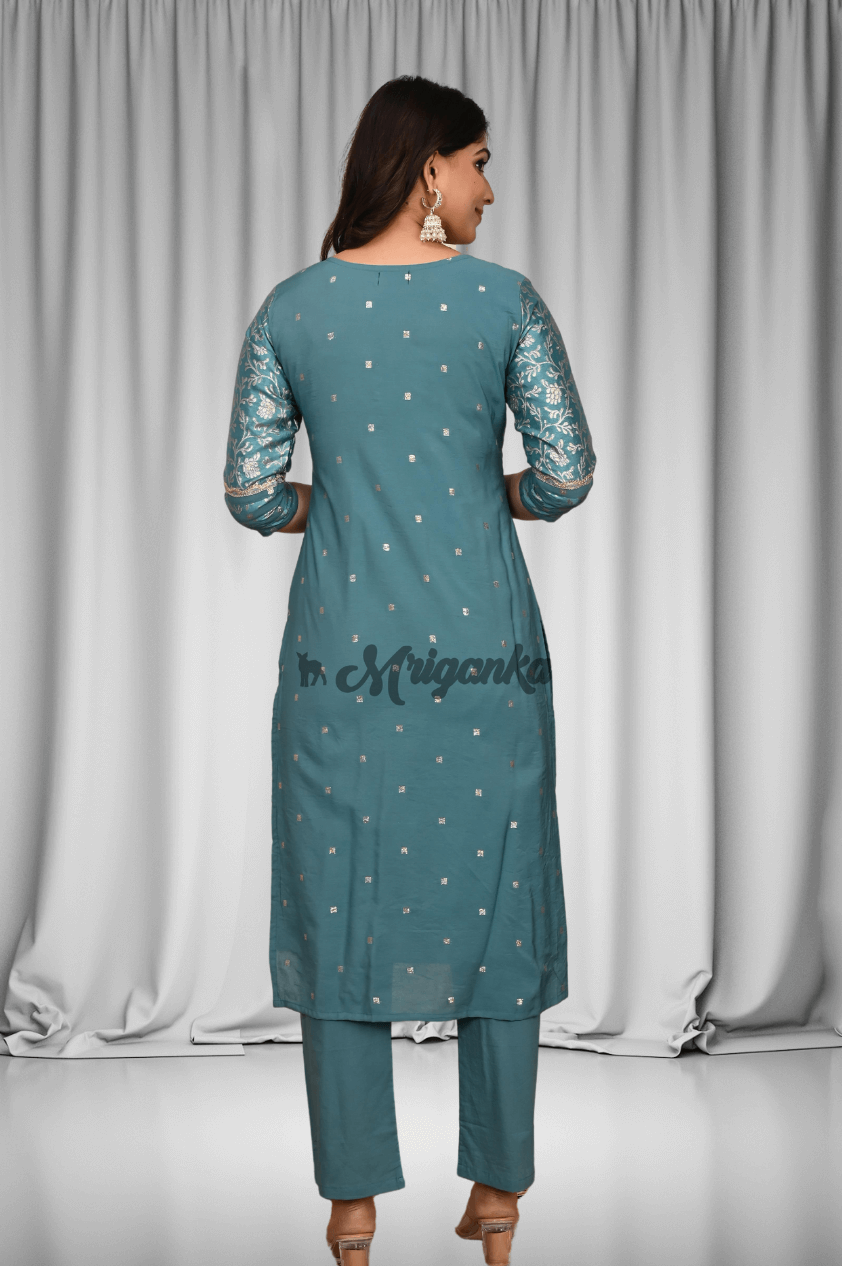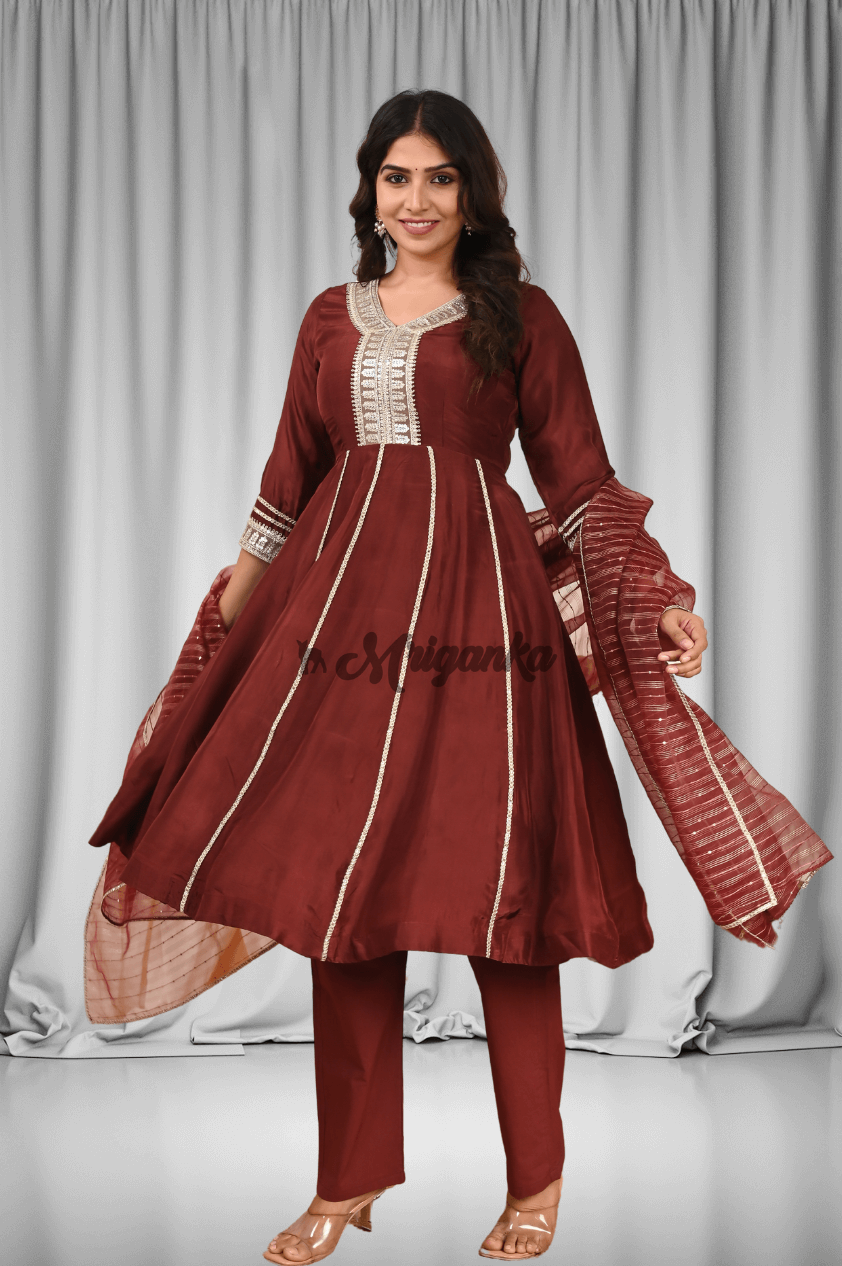The History of Dupattas in Indian Culture
The History of Dupattas in Indian Culture
Dupattas have been an integral part of Indian culture for centuries, with a rich history and deep cultural significance. These long scarves or shawls are traditionally worn by women over their shoulders or head, often paired with traditional dresses such as sarees, salwar kameez, or lehengas. The dupatta is not just a piece of clothing but a symbol of tradition, heritage, and elegance in Indian attire.
The Origins of Dupattas
The history of dupattas in Indian culture can be traced back to ancient times when women would use them as a symbol of modesty and grace. Initially, dupattas were plain and simple pieces of cloth worn to cover the head or shoulders. Over time, they evolved into more elaborate and decorative garments, with intricate embroidery, beadwork, and mirror work becoming popular.
Significance of Dupattas in Indian Culture
Dupattas hold great cultural significance in Indian society. They are often passed down from generation to generation as heirlooms, carrying with them stories and memories of the past. These garments are also worn on special occasions such as weddings, festivals, and religious ceremonies, where they symbolize tradition, beauty, and grace.
Evolution of Dupattas
Over the years, dupattas have evolved in terms of style, fabric, and design. While traditional dupattas were made of cotton or silk, modern dupattas are crafted from a variety of materials such as chiffon, georgette, and net. The embroidery techniques have also evolved, with zari work, gota patti, and thread work being popular choices for embellishing dupattas.
In contemporary fashion, dupattas are not only worn with traditional Indian outfits but are also paired with Western attire to add a touch of ethnic elegance. They are versatile garments that can be draped in various ways to suit different occasions and styles.
Dupattas as a Form of Art
Dupattas are not just pieces of clothing but works of art, showcasing the intricate skills of Indian artisans. The embroidery on dupattas often tells a story, with motifs inspired by nature, mythology, and folklore. Each piece is a labor of love, with hours of handiwork put into creating beautiful designs that reflect the rich cultural heritage of India.
Symbolism in Dupattas
Dupattas are also imbued with symbolism in Indian culture. The way a dupatta is draped can convey different meanings – for example, draping it over the head is a sign of respect and modesty, while wearing it casually over the shoulders signifies a more relaxed and informal look. The colors and patterns on a dupatta can also hold symbolic significance, with red symbolizing love and passion, and green representing fertility and prosperity.
Draping Styles of Dupattas
The art of draping a dupatta is an important aspect of Indian dressing tradition. There are numerous ways to drape a dupatta, each style reflecting the regional and cultural diversity of India. Some popular draping styles include the Gujarati drape, where the dupatta is pleated and draped across the body from the front, and the Punjabi drape, where the dupatta is worn over both shoulders with the ends hanging loose at the back.
Dupattas as a Cultural Identity
Dupattas play a significant role in defining the cultural identity of Indian women. They are not just accessories but essential components of traditional attire that symbolize the grace and beauty of Indian heritage. Whether worn casually or on special occasions, dupattas help women connect with their roots and celebrate their cultural heritage.
The Future of Dupattas in Indian Fashion
In today's fashion world, dupattas continue to be a timeless and elegant accessory that adds a touch of tradition and sophistication to any outfit. Designers are constantly reinventing the classic dupatta, experimenting with new fabrics, colors, and embellishments to create modern yet culturally rich designs. As Indian fashion evolves, dupattas remain a cherished garment that embodies the beauty and grace of Indian culture.
In conclusion, dupattas have a long and storied history in Indian culture, serving as symbols of tradition, heritage, and beauty. These versatile garments have evolved over the years, showcasing the artistic skills of Indian artisans and reflecting the rich cultural diversity of the country. Whether worn casually or on special occasions, dupattas continue to hold a special place in the hearts of Indian women, celebrating their cultural identity and heritage.
Share this post:
















